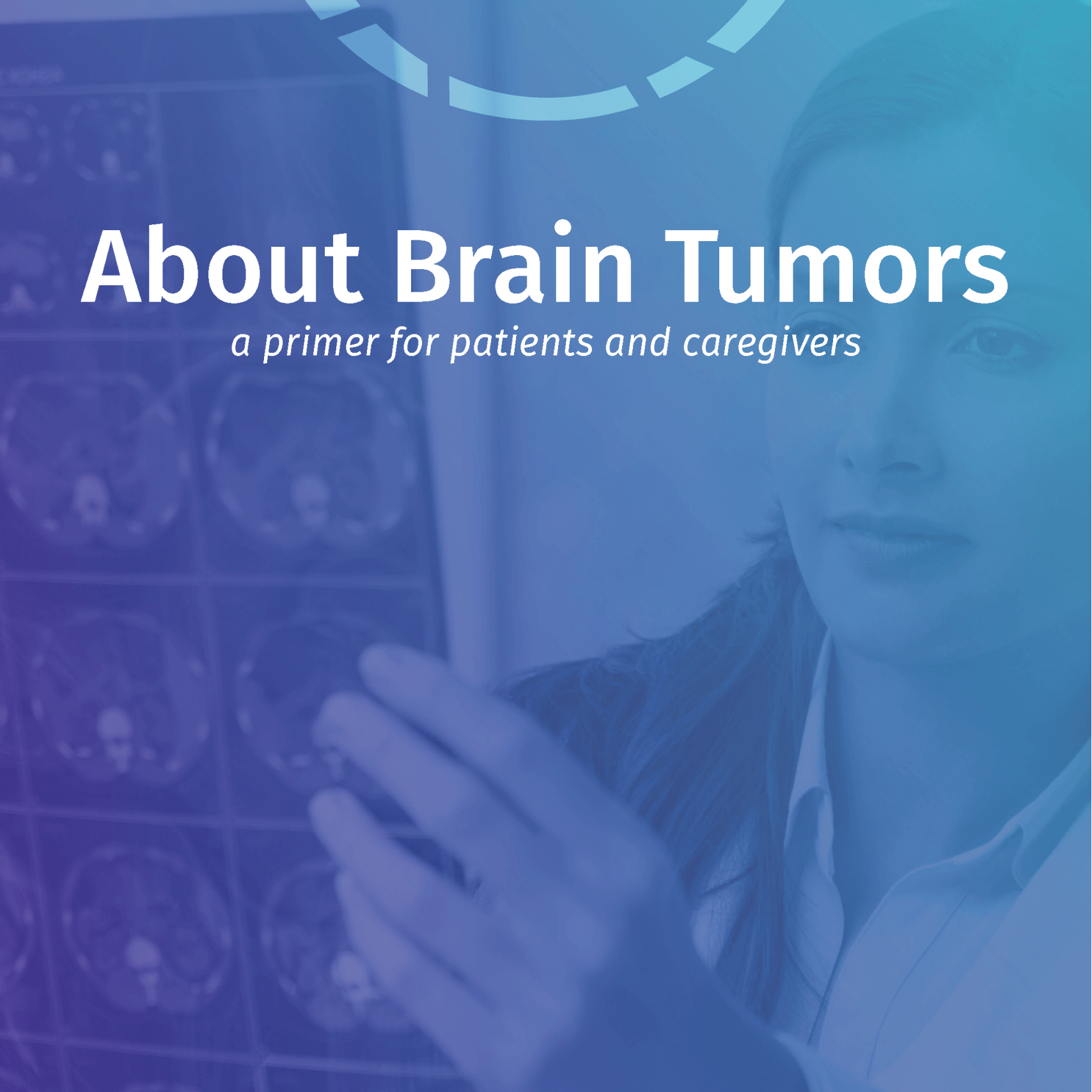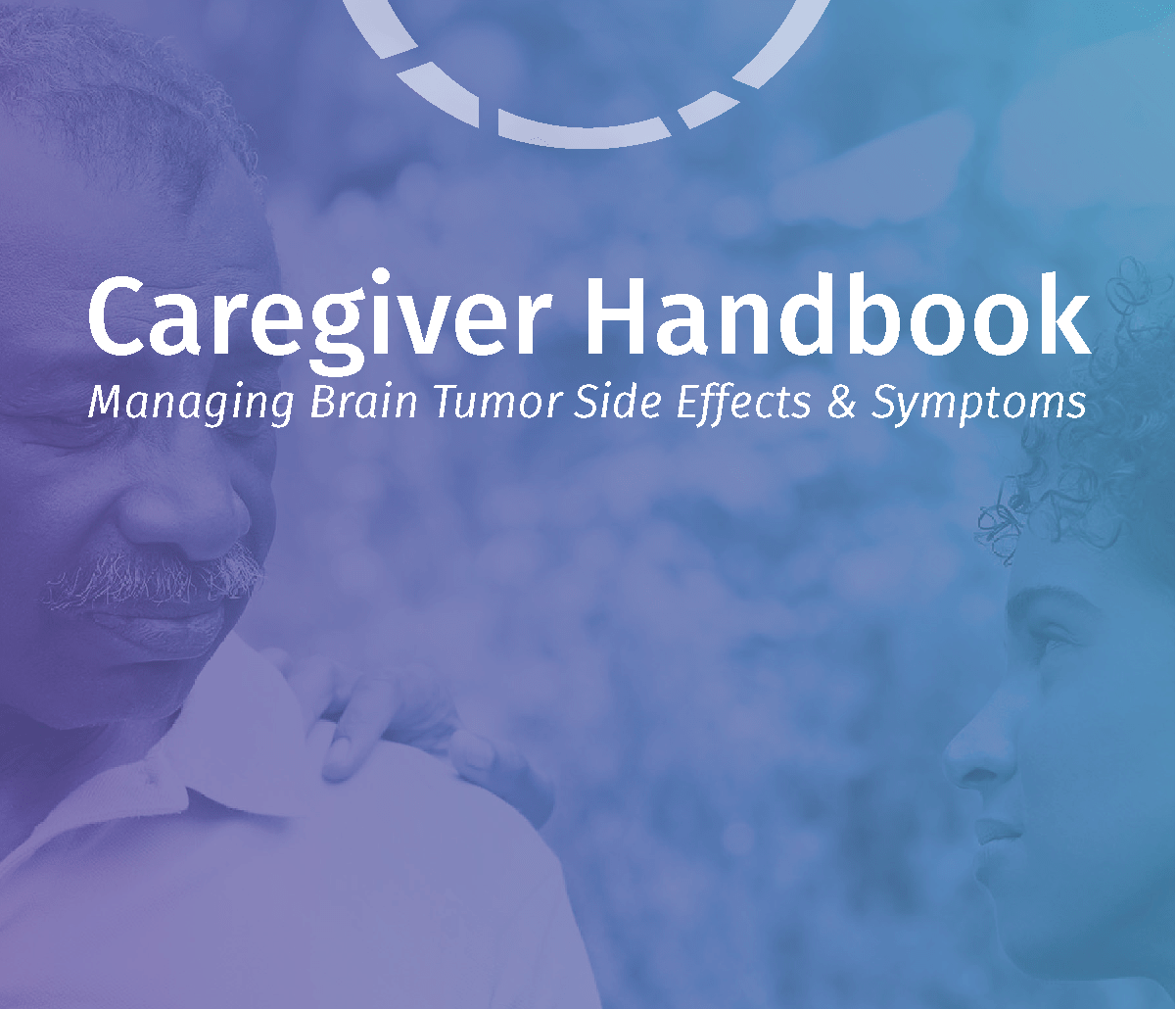When someone is diagnosed with a brain tumor, it’s normal to feel overwhelmed. But treatment isn’t just about medicine. At the 2024 ABTA National Conference, Dr. Roy Strowd, a neuro-oncologist and professor at Wake Forest School of Medicine, shared how caring for the whole person—not just the tumor—can lead to better outcomes and a better quality of life.
This approach is called holistic care, and it can help patients feel stronger, more supported, and more in control.
What Is Holistic Care?
Holistic care means doctors, patients, and caregivers work together to treat the entire person—not just the disease. It’s not only about surgery, chemo, or radiation. It’s also about how you feel, how you live, and what matters most to you.
Holistic care includes:
- Physical health – like nutrition, sleep, and staying active.
- Mental health – how you cope with stress, anxiety, and emotions.
- Spiritual well-being – finding purpose and peace.
- Relationships – support from family, friends, and care teams.
- Personal goals – what matters most in your life right now.
Dr. Strowd reminded everyone: “What’s most important to your doctor is what’s most important to you.”
The 3 Big Goals of Holistic Brain Tumor Care
Doctors think about brain tumor care in three major ways. Holistic care helps with all three.
- Treat the tumor
This includes treatments like surgery, chemo, radiation, and newer therapies like immunotherapy. - Manage side effects
Treatment can cause nausea, fatigue, pain, or mood changes. Holistic approaches like diet changes or massage can help reduce these side effects. - Improve quality of life
Even during treatment, patients can find ways to sleep better, feel more energized, and enjoy daily life with their loved ones.
Understanding the Different Kinds of Holistic Care
Not all holistic care is the same. Here’s how doctors describe it:
- Complementary therapy – Used with regular treatments (like doing yoga while on chemo).
- Alternative therapy – Used instead of standard treatments (which can be risky).
- Integrative medicine – Combines both approaches in a safe way.
- Holistic care – Looks at the whole person, including body, mind, and spirit.
The goal? Helping you feel your best—physically and emotionally—throughout your journey.
Nutrition: Why What You Eat Matters
Dr. Strowd explained that food doesn’t just fuel your body—it also affects your brain, your immune system, and even your mood.
The gut and the brain are connected. What you eat can:
- Boost brain chemicals that affect your mood
- Support your immune system
- Help manage nausea, fatigue, or digestive issues
Tips for better brain nutrition:
- Add more colorful foods to your plate (fruits, veggies, whole grains).
- Don’t make big changes all at once—start with one healthy swap.
- Work with a dietitian to find the right plan for your needs.
A colorful plate usually means a healthier one. “Grandma was right—eat your vegetables!” said Dr. Strowd.
What About the Ketogenic Diet?
Many patients ask if a keto diet can help fight brain tumors. This diet is high-fat, low-carb, and very strict.
What we know so far:
- Keto diets may change how tumors use sugar, which is their main fuel.
- Some patients feel more clear-headed and have less fatigue.
- But the diet is hard to follow and isn’t proven to shrink tumors yet.
- It’s not safe for everyone—especially people with diabetes.
- It works best after standard treatments, not during them.
Before starting any major diet, talk to your doctor or a registered dietitian.
“When patients come in and they sit down for that first visit with me and say what should I be doing with the diet—ketogenic diet, changing everything that I do, going to fasting—a lot of times I’m pushing the brakes and saying nope, do the exact same thing that you’ve been doing but let’s find a way to add a little bit of color into that diet.”
-Roy Strowd, MD, MS, MEd Wake Forest University School of Medicine
Move Your Body, Support Your Brain
Exercise isn’t just good for your muscles—it’s good for your brain, too.
Dr. Strowd shared that physical activity:
- Improves mood and reduces anxiety
- Helps protect brain function (like in Parkinson’s or Alzheimer’s)
- May lessen chemo side effects like nerve pain
- Prevents muscle weakness caused by steroids
Ideas for safe movement:
- Light exercise: walking, stretching, tai chi
- Moderate exercise: biking, swimming, dancing
- Vigorous exercise: only with your doctor’s OK
Even a short walk outside can lift your spirits and help your brain work better. “Your physical health and your mental health go hand in hand,” said Dr. Strowd.
What About CBD, THC, and Supplements?
Holistic care can also include things like:
- Cannabis products (CBD/THC) – some patients use these for pain, nausea, or sleep
- Supplements – like vitamins or herbs
- Mind-body practices – like meditation, massage, or acupuncture
But these can interact with your medications, especially during chemo or radiation.
Always tell your doctor what you’re taking and ask:
“Who can help me figure out if this is right for me?”
Timing Is Everything
Different therapies work best at different times during care. For example:
- At diagnosis – Stick with your normal routines. Small changes (like eating more veggies or getting fresh air) are better than big ones.
- During radiation – Be careful with supplements. Antioxidants can interfere with how radiation works.
- After treatment – This is a great time to explore yoga, nutrition, massage, or other wellness tools.
Talk to your team about when to try something new—not just what to try.
How to Talk to Your Doctor About Holistic Care
You might feel nervous bringing up things like diet or acupuncture with your doctor. But your team wants to hear from you.
Here are some helpful questions to ask:
- “Is this a good time to try this?”
- “Can I safely add this therapy?”
- “Who on the team can help me understand this better?”
If your provider says no, ask why—and when a better time might be.
Final Thoughts: Care That Puts You First
Holistic care is about more than treatment—it’s about healing. It’s about feeling seen, supported, and empowered.
✨ Add color to your plate.
🧘 Try a walk, yoga, or meditation.
💬 Talk openly with your team.
❤️ Do things that make you happy.
As Dr. Strowd said, “Happiness is a state of activity.” You are an active part of your care—and that’s powerful.






























